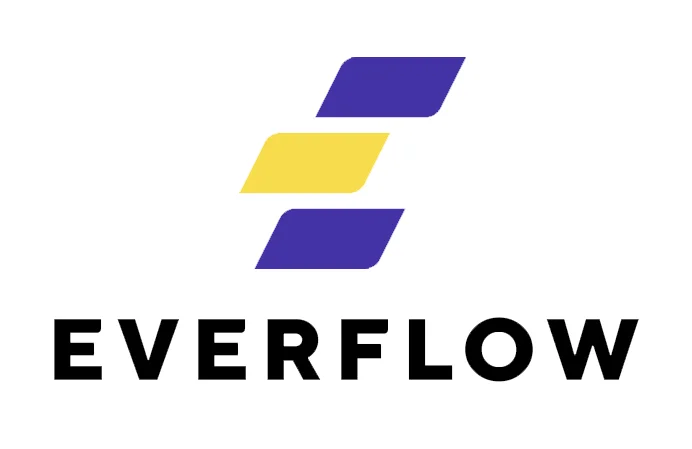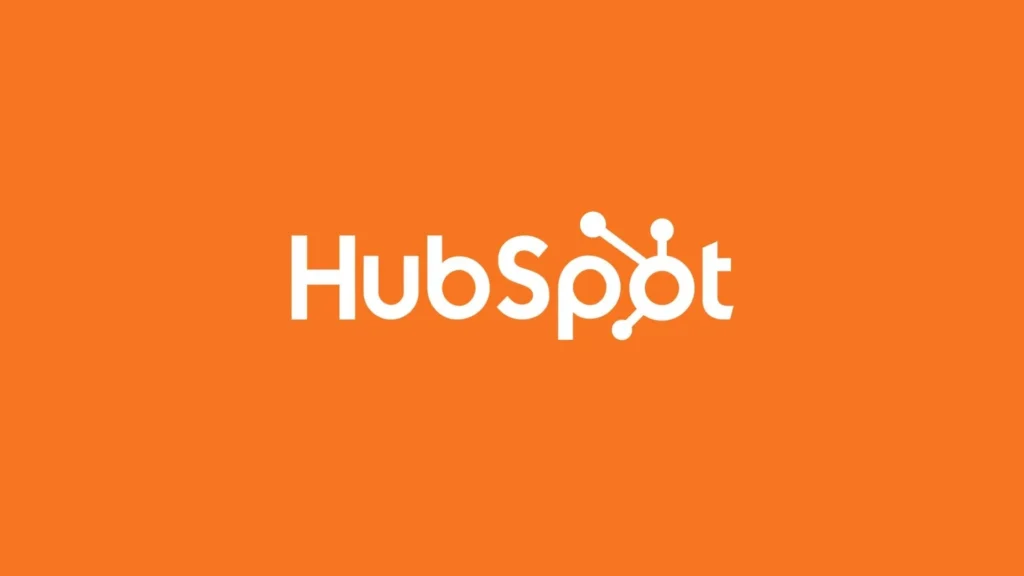
What Are the Best Types of Affiliate Compensation Models?
Are you exploring affiliate marketing and wondering how you actually get paid? Did you know there are various affiliate compensation models to choose from? That’s right—there are different ways to earn money in affiliate marketing, each with its unique structure and benefits.
Affiliate marketing is not just a great side hustle—it’s also a way to generate consistent monthly recurring revenue. However, to make the most out of your efforts, it’s essential to understand the different compensation models available.
Let’s dive into the main types of affiliate compensation models:
- Pay Per Sale (PPS)
- Pay Per Action (PPA)
- Pay Per Click (PPC)
- Pay Per Mille (PPM)
- Cost Per Lead (CPL)
- Cost Per Acquisition (CPA)
Read on to find out how you’ll be compensated for your marketing efforts and which model works best for you.
1. Pay Per Sale (PPS)
Pay Per Sale (PPS) is the most commonly used compensation model in affiliate marketing, featured in more than 75% of all affiliate programs. In this model, the affiliate earns a commission for each sale generated through their affiliate links. It doesn’t matter whether the sale occurs within minutes, hours, or even days after clicking the link—what’s important is that the purchase is made after engaging with the affiliate’s content.
PPS is often considered the least risky for businesses since they only pay affiliates when a sale is made. For affiliates, this means you’ll need to be strategic and utilize every available tool to drive sales.
2. Pay Per Action (PPA)
Pay Per Action (PPA) expands the criteria for success beyond just sales. Affiliates earn commissions when users complete a specific action after clicking an affiliate link, such as signing up for a newsletter, downloading a guide, or creating an account. Payment is typically a pre-arranged amount rather than a percentage of a sale.
PPA is ideal for businesses looking to grow their user base or collect leads, as affiliates are rewarded for driving valuable non-sale activities. Common PPA variations include:
- Pay Per Call (PPCall): The affiliate earns a commission when a user makes a phone call to the business.
- Pay Per Install (PPI): The affiliate gets paid when a user installs a mobile app or software.
3. Pay Per Click (PPC)
In the Pay Per Click (PPC) model, affiliates are paid based on the number of clicks their affiliate links receive, regardless of whether the clicks lead to a sale. Each click is compensated with a pre-determined amount, making this model straightforward and easy to understand.
However, it’s a riskier model for businesses because there’s no guarantee that the clicks will result in revenue. While it might be less common, PPC can still be effective for driving traffic and brand awareness.
4. Pay Per Mille (PPM)
Pay Per Mille (PPM), also known as Cost Per Thousand Impressions (CPM), compensates affiliates based on a set number of impressions or views—typically per 1,000 impressions. Each time a visitor views a web page with an affiliate’s link or banner ad, it counts as an impression.
The term “mille” comes from the Latin word for one thousand, so PPM/CPM essentially means “pay per thousand views.” This model works best for affiliates with a high-traffic website, where exposure is valuable even if clicks don’t always convert to sales.
5. Cost Per Lead (CPL)
Cost Per Lead (CPL) is a variation of the PPA model, where affiliates are compensated when they generate leads for a business. In CPL, a lead typically involves a user submitting their contact information, signing up for a free trial, or completing a form.
CPL is often used in industries where generating qualified leads is more important than instant sales, such as real estate, insurance, or education. It’s a great model for affiliates who specialize in lead generation.
6. Cost Per Acquisition (CPA)
Cost Per Acquisition (CPA) is a more comprehensive compensation model that rewards affiliates for acquiring new customers who perform a specific action, such as making a purchase, signing up for a service, or registering for a webinar.
CPA is often seen as a hybrid of the PPS and PPA models. It offers a bit more flexibility because the action doesn’t always have to be a sale—it could be any conversion action that adds value to the business.
A is for A Wrap-Up
When engaging in affiliate marketing, it’s crucial to understand the compensation model you’re working with. Whether it’s Pay Per Sale, Pay Per Action, or any other model, being clear about the terms can help you shape a more effective marketing strategy.
Here’s a quick recap:
- PPS is ideal if you’re focused on sales and conversions.
- PPA/CPL/CPA can be effective if you want to drive valuable actions, not just sales.
- PPC is a great way to earn by simply driving traffic, though it carries risks for advertisers.
- PPM/CPM works best for high-traffic sites where impressions matter.
Having a solid understanding of these compensation models will help you decide which is best suited to your strengths and preferences as an affiliate marketer.
Got any questions or need help getting started? Don’t hesitate to reach out to us at A is for Affiliate—we’re here to guide you in building a successful affiliate marketing strategy.



